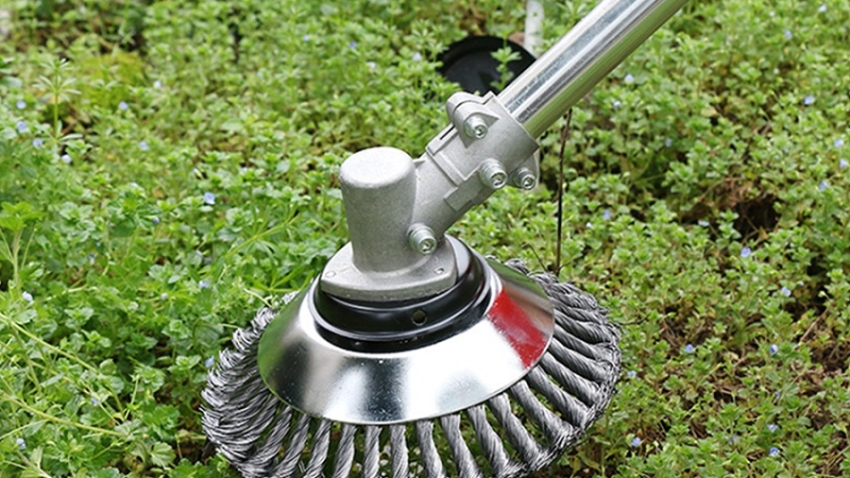
How to Clean Lawnmower: The Ultimate Lawn Care Routine
Introduction to Lawnmower Maintenance
How to clean lawnmower – Lawnmower maintenance is a key, yet often overlooked, aspect of lawn care. A clean, well-maintained mower ensures a healthier lawn and extends the life of your equipment. Why is routine maintenance important? Over time, grass clippings, dirt, and debris can clog your mower’s blades and engine, reducing its efficiency. This buildup increases wear on your mower and can lead to costly repairs. Knowing how to clean your lawnmower is the first step towards a well-kept, lush green lawn.
To start your maintenance journey, make sure you know your mower’s make and model. This helps to understand specific maintenance needs. Whether you own a push mower or a riding one, staying on top of its cleanliness is non-negotiable. The goal is to keep the mower running smoothly and to prevent issues before they arise. A seasonal routine, especially before and after summer, is a smart approach to lawnmower upkeep.
In this blog, you will learn about the tools and materials you’ll need and get a step-by-step guide to cleaning your mower. We’ll also tackle common cleaning challenges and provide essential maintenance tips after cleaning. If necessary, we’ll help you determine when it’s time to call in professional services. By following these best practices for lawnmower maintenance, you will not only improve your mower’s performance but also gets the best results for your lawn.
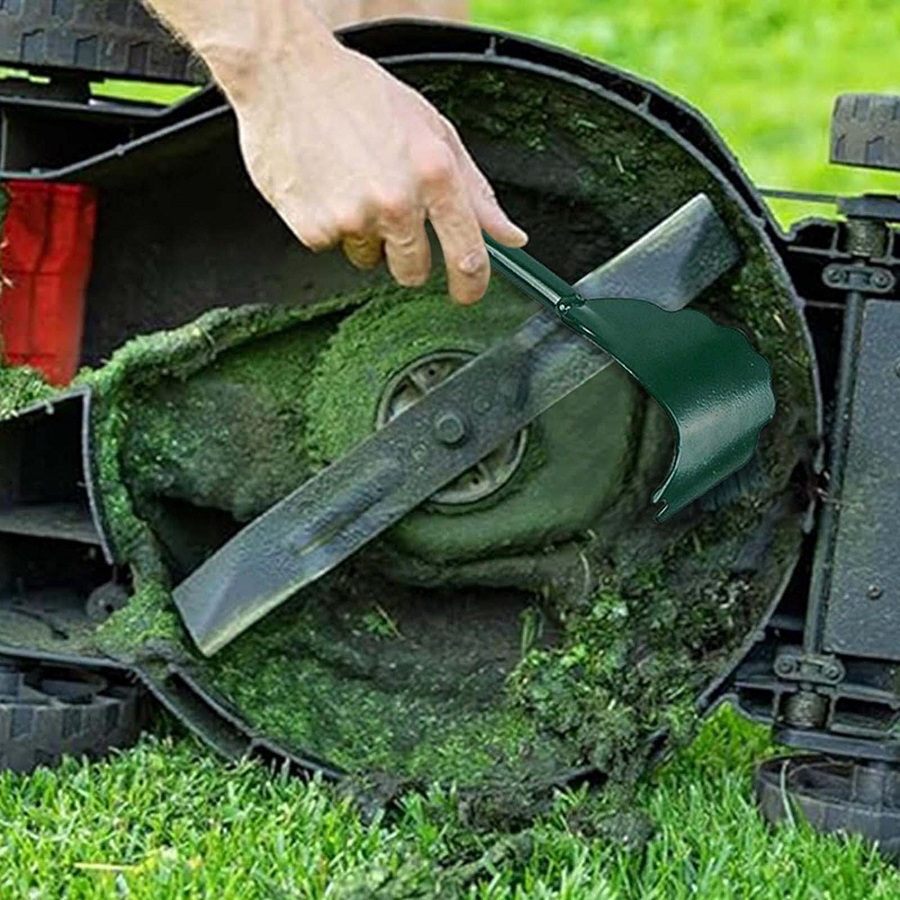 Preparing Your Mower for Cleaning
Preparing Your Mower for Cleaning
Before diving into how to clean your lawnmower, proper preparation is important. Prepping your mower makes the cleaning process easier and safer. Here’s what you need to do before you start.
- Disconnect the Power Source: Safety comes first. Always disconnect the spark plug wire on gas mowers or unplug electric mowers before cleaning. This prevents accidental starting.
- Empty the Fuel Tank: Drain or run the engine until the fuel tank is empty. This minimizes the risk of spills and fires.
- Let the Engine Cool: If you’ve just used your mower, wait for the engine to cool down. A cool engine is safe to touch and reduces the risk of burns.
- Clean the Mower’s Exterior: Brush off any loose debris from the mower’s surface. This includes leaves, grass clippings, and dirt.
- Set Up Your Cleaning Station: Choose a flat, clean area to work. Gather all the tools and materials you’ll need for cleaning beforehand.
By following these simple steps, you’ll set the stage for a successful and safe cleaning session for your lawnmower. Next, we’ll discuss the various tools and materials you’ll need to efficiently clean your mower.
Tools and Materials Needed for Cleaning
In order to clean your lawnmower effectively, you need the right tools and materials. Equipped with these, you can tackle any cleaning task with ease. Here are the essentials you should have on hand:
- Gloves: Protect your hands with durable gloves. They will keep your hands clean and safe from sharp edges.
- Cleaning Brushes: A set of brushes will help you scrub off the dirt. Choose brushes with stiff bristles for tough spots.
- Garden Hose: A hose is useful for rinsing away loose debris. It can reach areas where your hands can’t.
- Putty Knife: This tool helps to scrape off caked-on grass from the mower deck.
- Old Towels or Rags: Use them to wipe surfaces and dry parts after rinsing.
- Mild Detergent: A gentle cleaner can help remove stubborn stains without damaging parts.
- Lubricant: After cleaning, you’ll need lubricant to grease moving parts and prevent rust.
- Air Compressor or Leaf Blower (optional): An air compressor or leaf blower quickly clears away dry debris.
- Degreaser: This is ideal for removing oil and grease from the engine parts.
- Plastic Bags & Tape: Cover sensitive areas like the engine to protect them while you clean.
Having these tools and materials will help you understand how to clean your lawnmower. They will allow for a thorough cleaning process that leaves your mower in excellent condition. Remember to use these items carefully and follow the manufacturer’s instructions.
Step-by-Step Guide to Cleaning Your Mower
Cleaning your lawnmower need not be daunting. With the right approach, you can quickly get your mower looking and performing its best. Here’s a simple step-by-step guide on how to clean your lawnmower effectively:
- Position Your Mower: Start by tilting your mower on its side to access the underside of the deck. Make sure the air filter and carburetor are facing up to avoid oil spills.
- Scrape the Deck: Use your putty knife to scrape off any grass and mud buildup from the mower deck. Be thorough but gentle to avoid damaging the surface.
- Rinse the Underside: With your garden hose, rinse off loosened debris. Target the areas where clippings tend to stick the most.
- Clean the Blades: Wearing gloves, clean the blades with a brush and soapy water. Be cautious as the blades are sharp.
- Wash the Top Side: Turn the mower right-side up and clean the top surface. Use detergent and rags to wipe down the housing and wheels.
- Rinse Thoroughly: With the hose, rinse the mower to remove any soap residue. Avoid direct water on the engine and other sensitive parts.
- Dry the Mower: Use old towels or rags to dry your mower completely. Ensure no moisture is left, especially on metal parts to prevent rust.
- Lubricate the Parts: Apply lubricant to the moving parts. This includes the wheels, cables, and any other moving components. Lubrication helps to protect against wear and rust.
- Reconnect the Power Source: Once you’re sure the mower is dry and reassembled, reattach the spark plug wire or plug in the electric mower.
Regularly cleaning your lawnmower prevents the accumulation of debris which can impair its function. Keep in mind that keeping your equipment clean is just as important as the actual mowing process for the health of your lawn.
Addressing Common Cleaning Challenges
When learning how to clean your lawnmower, you might face some hurdles. Here are common cleaning challenges and how to overcome them:
- Caked-on Grass: Heavy buildup under the deck can be stubborn. Soak the area with water, wait a few minutes, then tackle it with the putty knife.
- Rusty Blades: If rust is present on the blades, use a wire brush to scrub it off. After cleaning, apply a thin layer of oil to protect them.
- Sticky Residue: Oil and sap residue may need a degreaser. Apply, let it sit, then scrub and rinse well.
- Damp Conditions: Avoid cleaning your mower right after rain or dew. This can make the grass stick more and harder to remove.
- Hard-to-Reach Spots: Use smaller brushes or compressed air to dislodge debris from tight spaces.
- Maintenance After Inactive Periods: If you stored your mower without cleaning, you might find more accumulated grime. A thorough cleaning session is needed before use.
- Disposing of Waste: Collect all clippings and debris for compost or proper disposal to maintain environmental cleanliness.
By anticipating these challenges and knowing how to handle them, you’ll ensure your lawnmower stays in peak condition for longer. Next, we will provide you with essential maintenance tips to keep in mind after the cleaning process.
After Cleaning: Mower Maintenance Tips
After you’ve learned how to clean your lawnmower, maintaining it is key. Here’s how to keep your mower in top shape:
- Check Spark Plugs: Inspect and replace spark plugs regularly to ensure smooth operation.
- Evaluate Blades: Look at the blades after each use. Sharpen or replace them if dull.
- Monitor Oil Levels: Keep an eye on your mower’s oil. Change it as the manual suggests.
- Inspect Air Filter: A clean filter helps the engine run better. Change or clean it often.
- Tighten Loose Bolts: Vibrations from mowing can loosen bolts. Tighten them when necessary.
- Store Properly: Keep your mower in a dry, covered space to avoid rust and damage.
- Keep Tires Inflated: Proper tire pressure makes mowing easier and prevents wear on the mower.
By sticking to these tips, you’ll make sure your lawnmower stays reliable season after season.
When to Seek Professional Mower Cleaning Services
While understanding how to clean your lawnmower is beneficial, there are times when calling in professional services is the best choice. Here’s when you might need expert help:
- Complex Repairs: If your mower needs more than just cleaning, like addressing mechanical issues, professionals should handle that.
- Time Constraints: If you lack the time to thoroughly clean your mower, professionals can do it quickly and efficiently.
- Lack of Tools: Should you not have the right tools or safe space to clean your mower, professionals have all the necessary equipment.
- Warranty Concerns: Some mowers have warranties that require professional servicing to stay valid.
- Seasonal Tune-ups: A professional can provide a comprehensive tune-up, including cleaning, before the heavy mowing season starts.
When these cases arise, seeking a professional service may prevent further damage to your mower and ensure it’s in the best condition. Thus, it’s worth considering for the longevity of your equipment.
Summary and Best Practices for Lawnmower Upkeep
Keeping your lawnmower clean and well-maintained is crucial. Through the steps outlined, you’ve learned how to clean your lawnmower and handle common issues. Remember to prep your mower before cleaning, use the right tools, and follow our step-by-step guide. Address cleaning challenges with ease by soaking tough spots and using a degreaser for sticky residue. After cleaning, apply important maintenance tips like checking spark plugs and oil levels, and ensuring blades are sharp. Regular upkeep guarantees your lawnmower works effectively for a lush lawn.
Here are some best practices to keep in mind:
- Schedule Regular Maintenance: Clean your lawnmower after heavy use and at the start and end of the season.
- Use Correct Supplies: Equip yourself with gloves, brushes, and cleansers suited for the task.
- Be Thorough but Gentle: Scrape debris and rinse well, but don’t harm sensitive parts.
- Don’t Ignore Manual Instructions: Your mower’s manual guides you on specific care and maintenance steps.
- Consider Professional Help: For complex issues or warranty concerns, it’s wise to seek experts.
By following these best practices, you ensure that your mower remains a reliable tool for maintaining your garden. Keeping your equipment clean can improve its longevity and performance, creating a win-win for your lawn and your wallet.




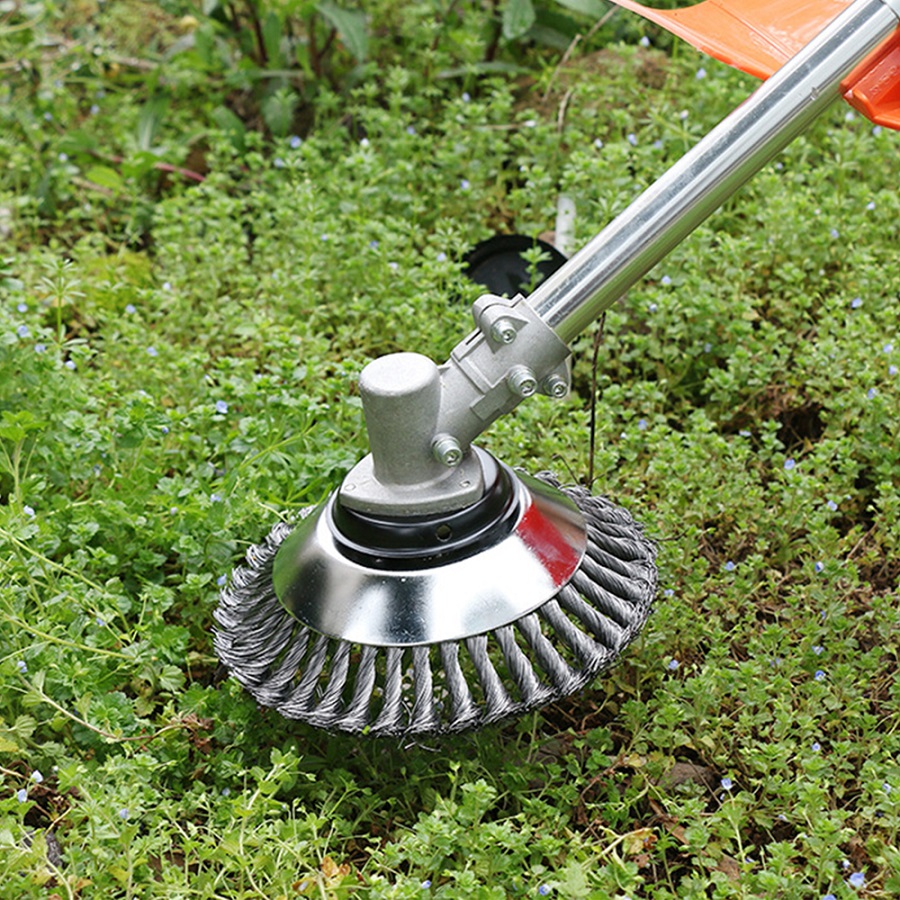
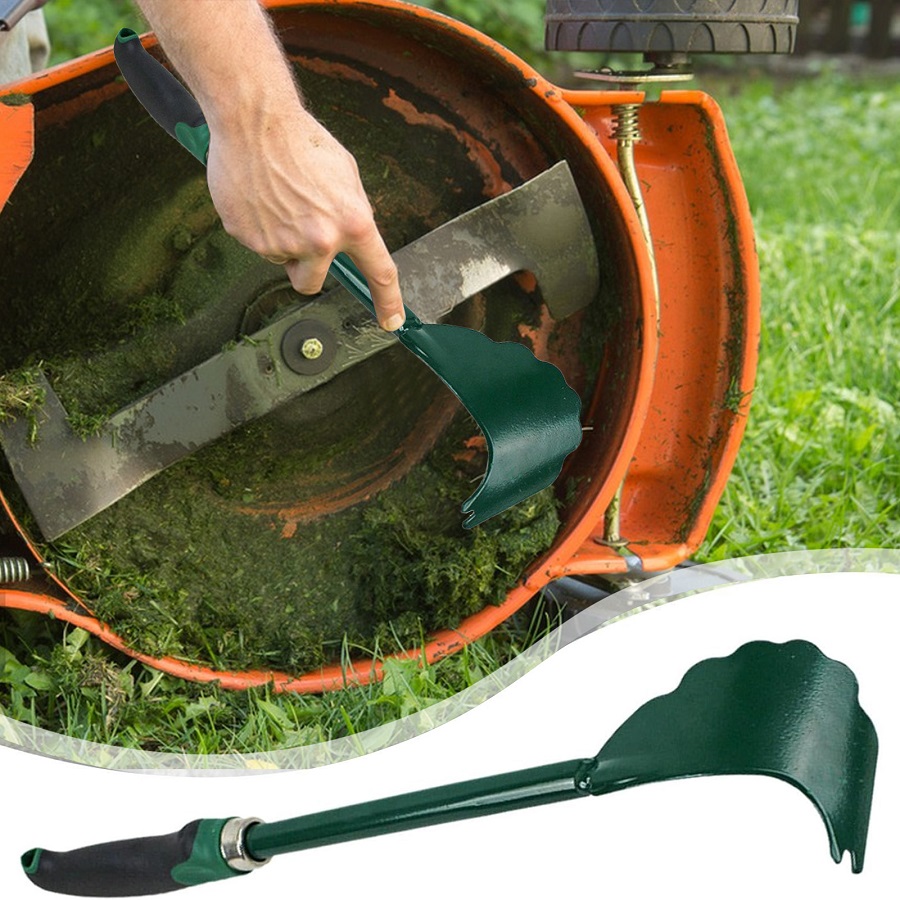



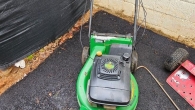



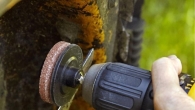
Leave a Reply